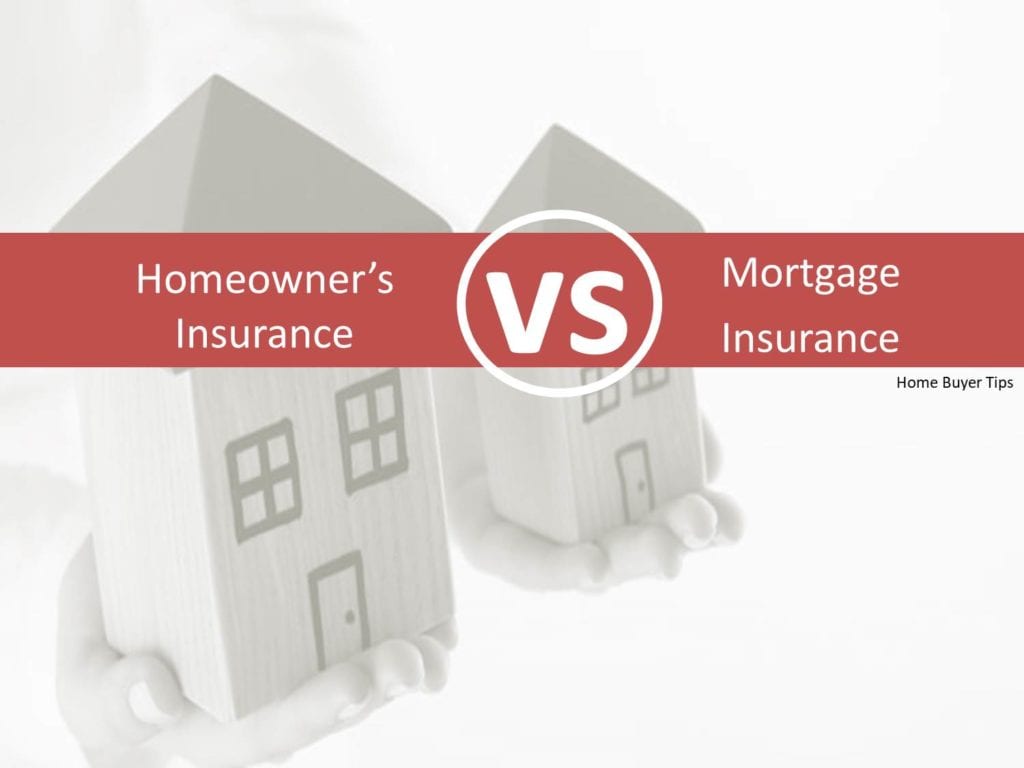
Many homeowners with a mortgage pay for two types of insurance but only one protects the owner.
Homeowner’s insurance covers damage to your property and loss from fire, burglary, vandalism, and other named natural disasters written in the policy. When an insured has a loss, they file a claim with the insurance carrier for reimbursement from the loss minus any deductible.
If there is a mortgage on the property, the lender requires the borrower carry adequate homeowners insurance naming the lender as an additional insured – this provides protection for the lender ensuring the home is sufficient collateral for the loan in case of a loss.
Mortgage insurance is solely for the protection of the lender if the borrower defaults on the loan. Usually, lenders require mortgage insurance on any loan greater than 80% loan-to-value. Occasionally, they may require it on some loans that are less than 80% based on their underwriting requirements and possibly, from anticipated risk from the borrower.
Conventional lenders must remove the mortgage insurance requirement when the loan amortizes below the stated percentage. In other words, as the property appreciates and the loan to value ratio is less than 80%, mortgage insurance is no longer required. Homeowners can get this removed when they refinance their home. FHA loans require mortgage insurance for the life of the loan. VA loans do not require mortgage insurance.
Mortgage insurance premiums are not regulated by law like homeowner’s insurance is in most states. Most buyers are concerned about the interest rate on their mortgage, but few question the amount of the mortgage insurance premium.
Homeowner’s can select their Homeowner’s Insurance carrier, but the lender determines the carrier for the mortgage insurance. When you’re interviewing lenders, you should discuss the type of insurance that will be required and the cost of the mortgage insurance.
